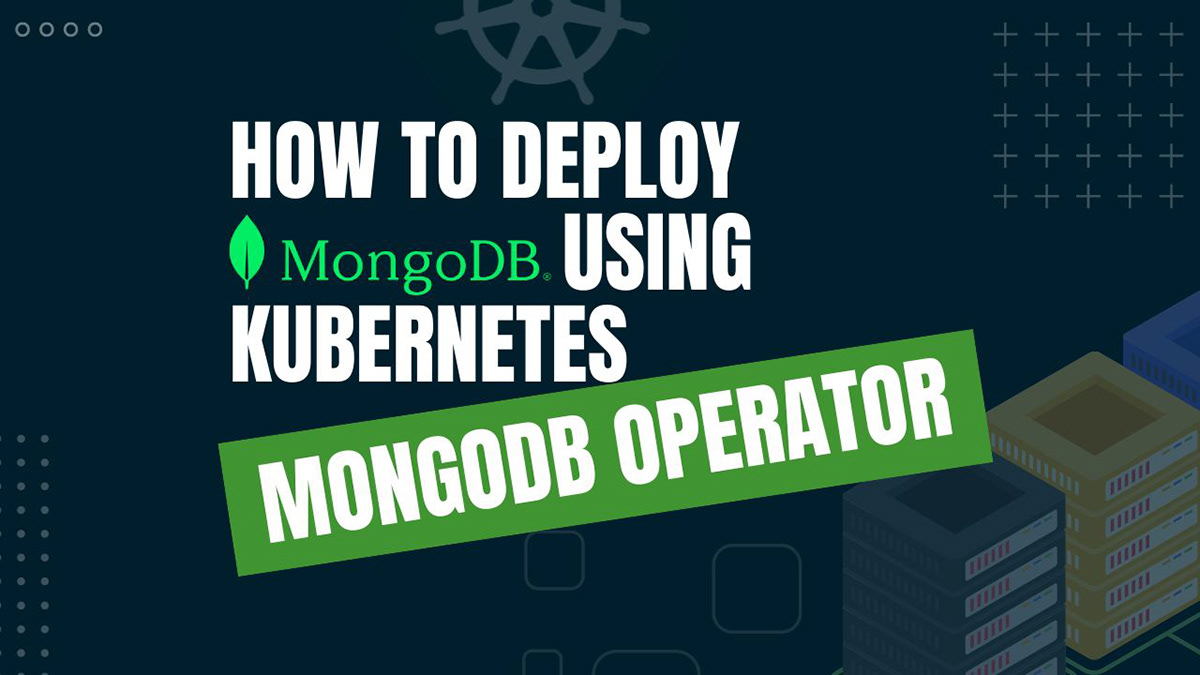Using MongoDB in Kubernetes

Kubernetes has risen as a powerful orchestrator in the ever-changing world of modern application deployment, facilitating the handling and scalability of containerized applications. MongoDB, a well-known NoSQL database management system, stands out one of the popular choice in the world of databases because of its versatility, scalability, and strong developer community support. Organizations can achieve effective database management, smooth scalability, and increased application performance by utilizing the features of Kubernetes MongoDB.
Kubernetes takes the lead in simplifying the setup and administration of MongoDB, acting as a dependable behind-the-scenes assistant. MongoDB, known for its flexibility and commitment to accommodating diverse data structures, harmonizes seamlessly with Kubernetes. Together, they form a well-coordinated partnership tailored to your specific requirements, regardless of their complexity.
It shows the strength when it comes to scalability and high availability. Through features like Deployments and StatefulSets, Kubernetes makes scaling simple, while MongoDB's inherent scalability enhances Kubernetes orchestration abilities. With replica sets enabling data redundancy and distribution across nodes and availability zones, ensuring high availability becomes an automatic process.
Nevertheless, challenges do surface along the journey, such as configuring the right parameters, effectively managing storage, ensuring security, and remaining vigilant. Despite these hurdles, the Kubernetes MongoDB Operator emerges as a sturdy solution for modern database management. If you're in pursuit of a smoother setup process, effortless expansion, and a robust availability mechanism, embracing a Kubernetes-native operator is the path to simplifying these processes and optimizing your MongoDB deployment.
